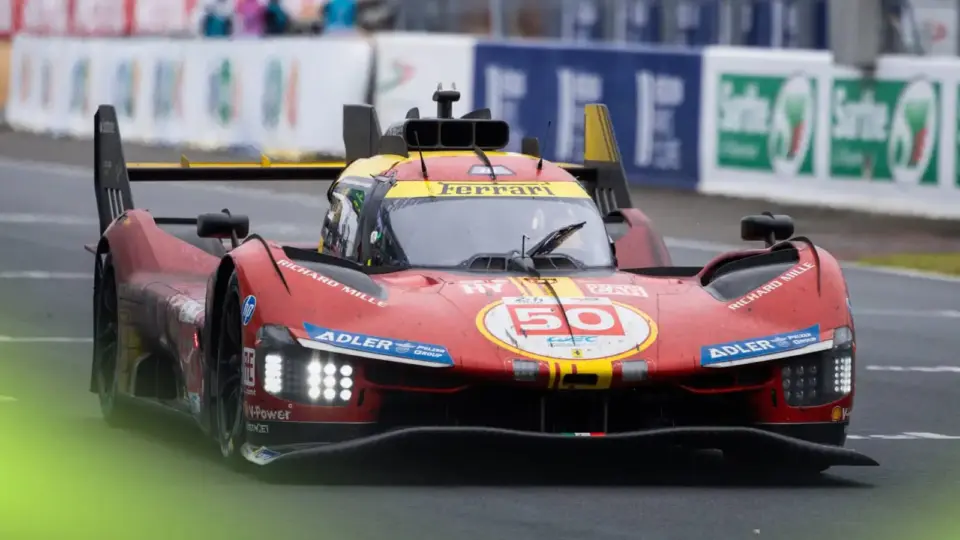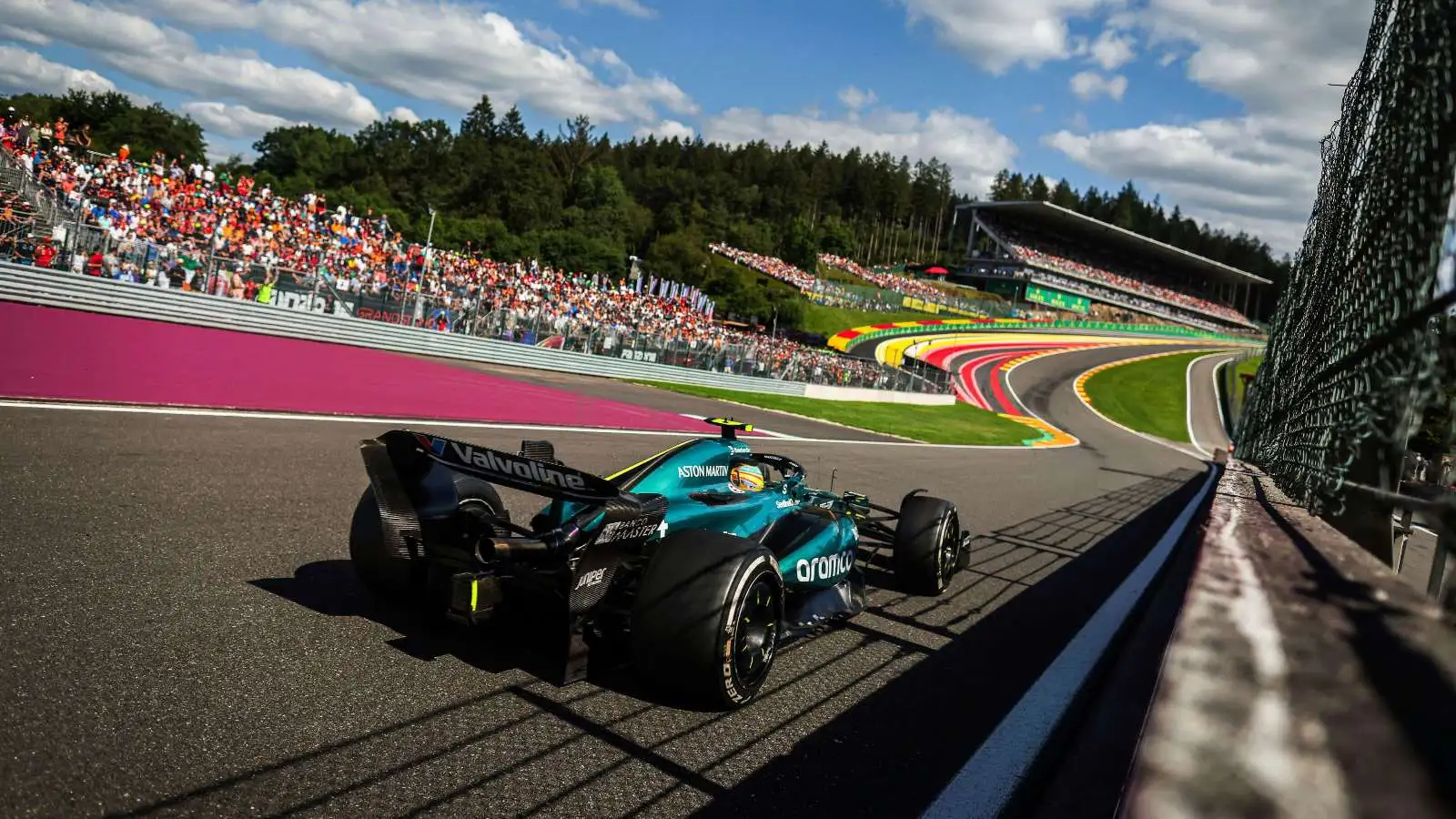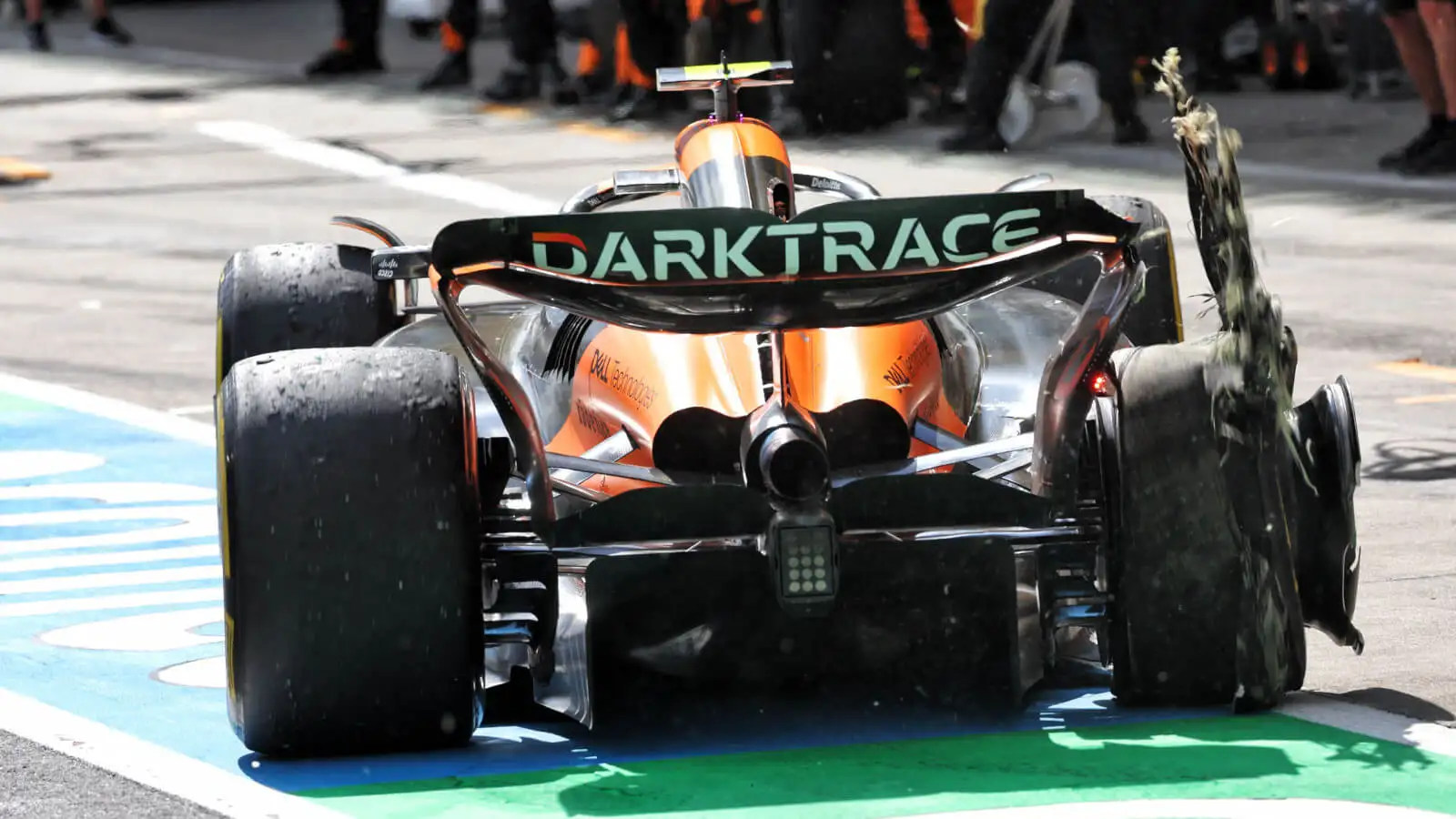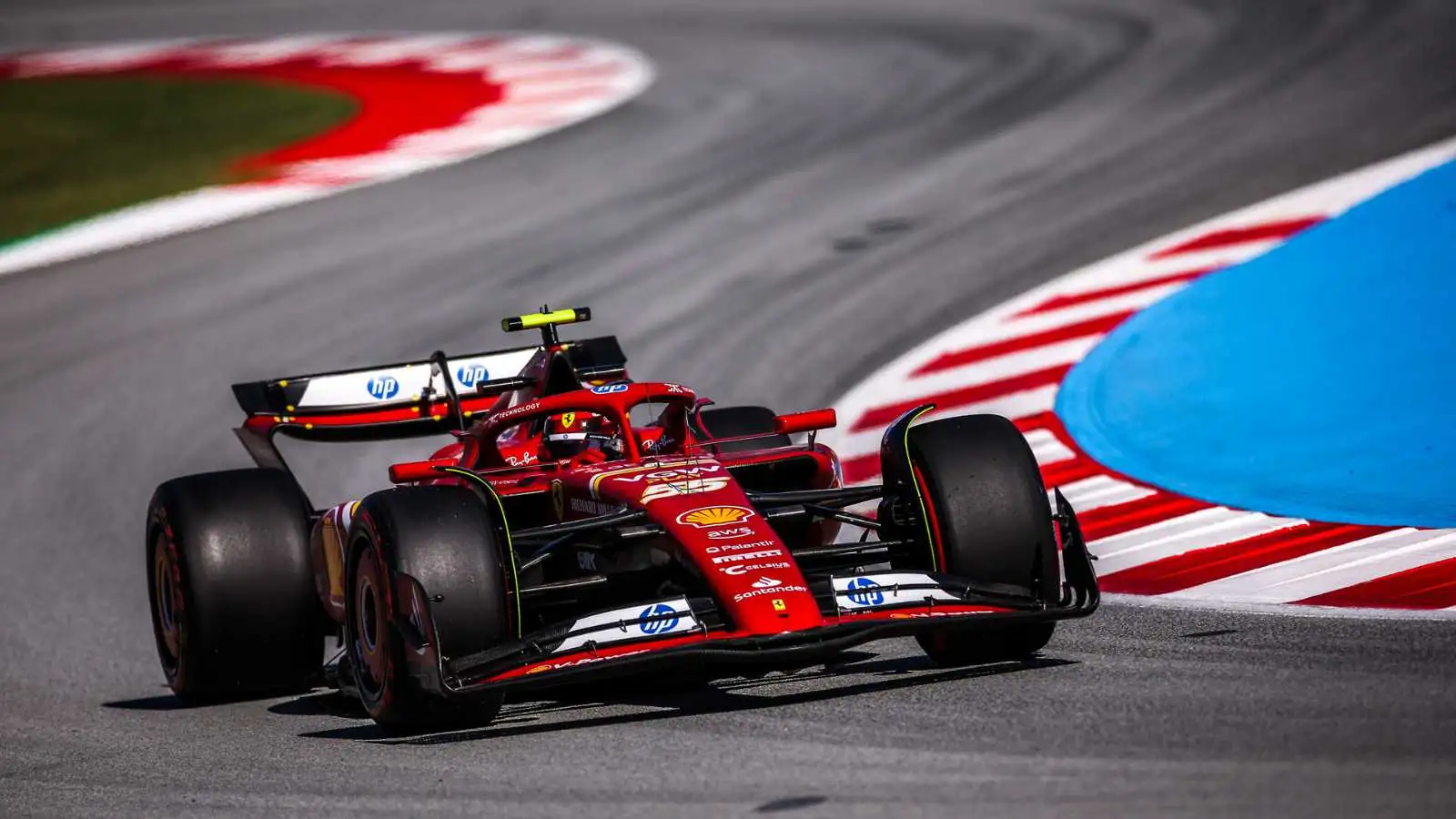Pirelli faces a formidable challenge as Formula 1 approaches its 2026 season with a slew of new regulations. To make F1 cars smaller and lighter, Pirelli has agreed to reduce the front tire width by 25mm and the rear tire width by 30mm. This reduction also extends to diameter size, going from 720mm to a range of 705-710mm, while keeping the 18-inch wheels. Despite these size reductions, the FIA does not anticipate a significant decrease in tire grip, a sentiment echoed by the FIA’s single-seater technical director, Jan Monchaux. However, smaller tires are just the beginning of a series of complex changes designed to enhance performance and safety.
Initially, there were discussions about reducing the tire and wheel sizes even further to 16 inches, but this was deemed too risky. Mario Isola, Pirelli’s motorsport director, highlighted that 18-inch tires present a balanced compromise, tackling both weight reduction and tire overheating issues. The goal is to shave off four to five kilograms from the tyre weight, contributing to the FIA’s ambitious target of reducing overall car weight by 30kg. Yet, Pirelli’s biggest hurdle may not be tire size but the lack of a representative ‘mule car’ to test their prototypes adequately. Physical prototypes are expected by September, but without cars that feature the 2026 aerodynamic specifications, Pirelli will have to rely on data simulations and low-downforce configurations. This ambitious timeline leaves Pirelli with roughly 12 months to perfect their tire constructions—a challenge they are cautiously optimistic about overcoming.
Navigating the Tire Size Reduction
Pirelli’s task of developing smaller tires to comply with the 2026 F1 regulations is no small feat. The reduction mandates include a 25mm decrease in the front tire width and a 30mm reduction in the rear. This change also affects the tire diameter, decreasing it from the current 720mm to a range of 705-710mm. Despite these changes, the FIA maintains that the grip levels will not significantly diminish. Jan Monchaux, the FIA’s single-seater technical director, assured that while a slight reduction in grip is expected, it is not a cause for major concern.
The discussion of potentially reducing the tire size even further to 16 inches was ultimately ruled out. This decision stemmed from fears of increasing risks and complications amidst other significant technical changes. ‘We don’t want the tires to be a source of concern early in 2026,’ Monchaux emphasized. The slight compromise to stick with 18-inch tires was chosen to ensure a balanced approach to weight reduction and performance.
Balancing Performance and Safety
Mario Isola, Pirelli’s motorsport director, expressed that the choice to retain 18-inch tires was pivotal in addressing tire overheating—a common issue with current tires. The proposed change aims to achieve a reduction of four to five kilograms per tire, contributing to the FIA’s target of decreasing overall car weight by 30kg. ‘We proposed the narrower 18-inch tire to save some weight,’ Isola stated, highlighting the balance struck between weight savings and essential tire characteristics for 2026.
Isola also noted that Pirelli conducted simulations with 16-inch tires but found them unviable due to load capacity and overheating concerns. Sticking to 18-inch tires was concluded as the best option, which was subsequently accepted by the FIA. This balance is crucial, considering the massive amount of power that the new power units in 2026 will deliver, particularly during the traction phase.
The Challenge of Testing Without Representative Mule Cars
One of the significant hurdles Pirelli faces is the lack of representative ‘mule cars’ that simulate the 2026 aerodynamic specifications. Pirelli plans to have physical prototypes ready by September, but testing will only be possible on current-era cars in a low-downforce configuration. This limitation presents a challenge since the aerodynamic loads differ vastly from what the 2026 cars will feature. ‘We will have mule cars, but they will be bigger, heavier, without any active aerodynamics,’ Isola explained.
Despite this, Pirelli will rely heavily on data simulations and cross-referencing data from track tests with simulations to ensure they are on the right path. Drawing parallels to the 2016 situation, Isola remains cautiously optimistic about navigating this complex scenario. Having access to data from all 10 teams will also provide valuable insights, although Pirelli acknowledges that fine-tuning might be necessary once the cars hit the track in 2026.
Timeline and Development Adjustments
With the final 2026 regulations not yet signed off, Pirelli faces an aggressive timeline. The tire constructions need to be finalized by September 1, 2025, giving Pirelli roughly 12 months for development. This period is crucial as it allows Pirelli to make adjustments based on the evolving data and simulations. ‘It’s not something new,’ Isola remarked, referring to the condensed timelines faced during previous rule changes.
Pirelli is already working on a sixth, softer compound aimed at lower load street circuits, which could potentially be incorporated into the 2026 season. This flexibility in compound adjustments will help Pirelli address any discrepancies between expected and actual tire performance. ‘We can correct or fine-tune with a different range of compounds,’ Isola added, underscoring Pirelli’s adaptive approach to ensuring the new tires meet the required performance standards.
In the face of a multitude of challenges, Pirelli’s resolve remains steadfast as they strive to meet the 2026 Formula 1 tire regulations. With the critical deadline of September 1, 2025, looming, the company is prepared to adapt and fine-tune its tire designs using both simulations and physical testing, despite the absence of fully representative ‘mule cars.’
Mario Isola’s optimistic outlook reflects Pirelli’s experience and adaptability in dealing with previous regulatory changes. The introduction of a sixth, softer compound for lower load circuits exemplifies their proactive approach in anticipating the diverse demands of the 2026 season. While uncertainties remain, particularly with the final regulations still pending, Pirelli’s strategy to gather extensive data and rely on simulations provides them a solid foundation to navigate these complexities.
Ultimately, the successful adaptation to the new regulations will hinge on the collaborative efforts between Pirelli and the ten F1 teams. By leveraging past experiences and maintaining a flexible approach, Pirelli aims to deliver tires that not only meet the stringent 2026 requirements but also enhance overall performance and safety. As the racing community anticipates these changes, Pirelli’s commitment to innovation and excellence will be crucial in shaping the future of Formula 1.
Source: Motorsport










